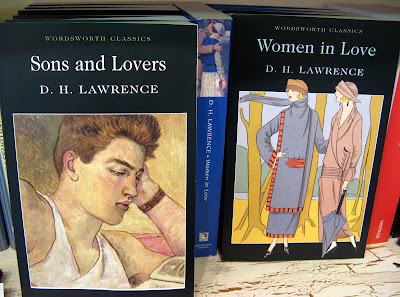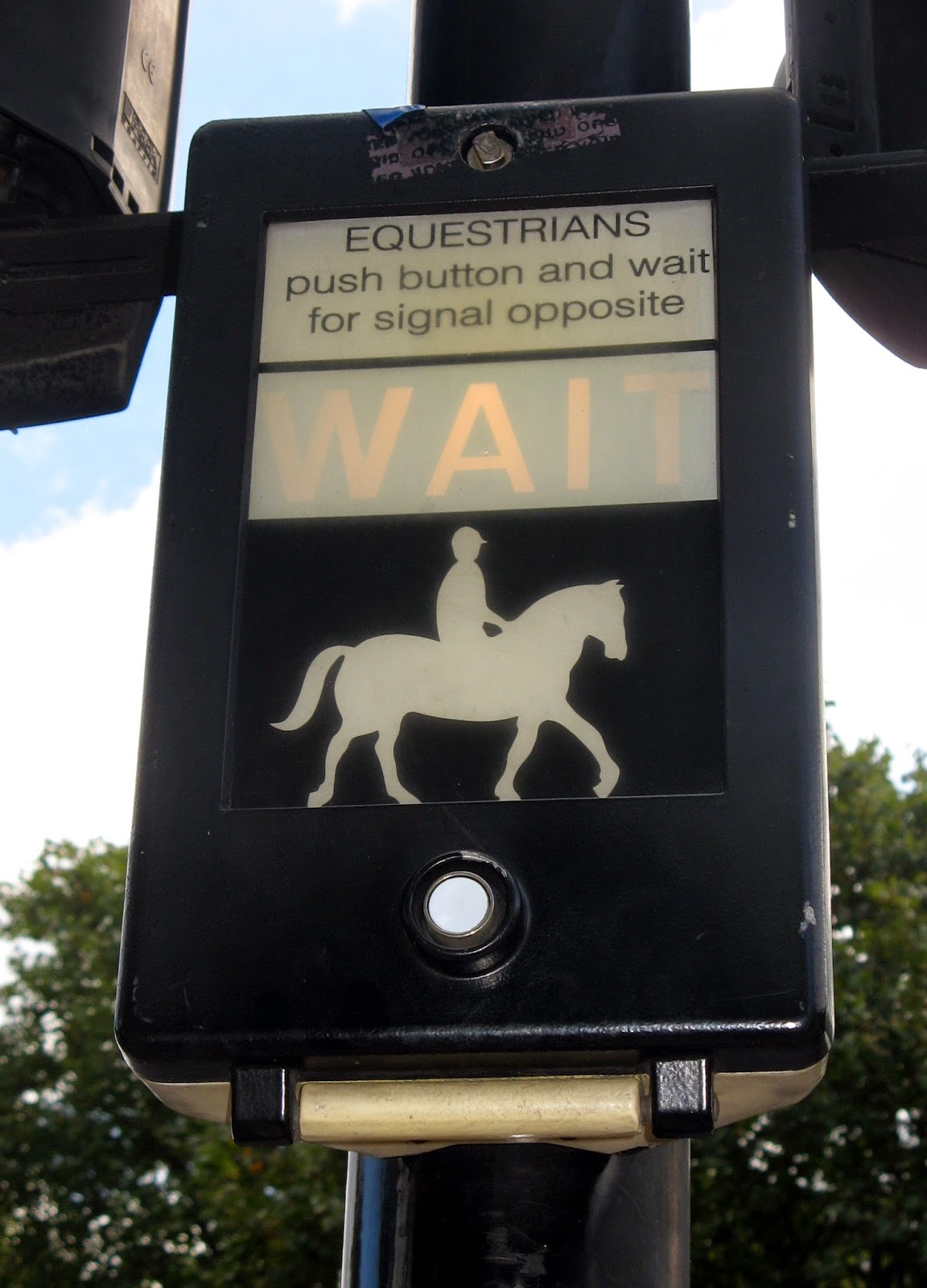D H Lawrence Sons and Lovers - Victorian Women's Struggles
 |
| Sons and Lovers - Image Lesley Lanir |
D. H. Lawrence's novel, Sons and Lovers, illustrates working-class women's struggle for basic rights in the workforce and in society in Victorian Britain.
Even as the nineteenth-century advanced and women, thanks to the 1870 Education Act, progressed in their education and careers, D. H. Lawrence’s novel, Sons and Lovers, illustrates that Victorian society's attitude towards women and the female workforce remained one filled with suspicion and derision. Women, however, persisted and eventually established a stronger position in society during this period.
Women Allocated Menial Work
Within the labour force, Paul Morel reflects the overall mood and approach to working women in his conversation with Miriam Leivers by stating that “a woman only works with a part of herself, the unimportant part” (362). Bonnie Anderson and Judith Zinsser write, In A History of Their Own: Women in Europe From Prehistory to the Present, Volume II, 1989, that similar opinions to Morel’s led employers to treat factory women unjustly. At this time, women’s trade unions were weak, so female workers, afraid of losing their jobs, protested less than men and accepted inferior positions.
 |
| Sons and Lovers - women's work - communal laundries - Image Lesley Lanir |
Women Stuck in Unfavourable Hierarchical Structure
The hierarchical structure in the factory where Paul Morel works also illustrates the demarcation of roles. Men occupy the administrative and managerial positions (95) and women engage in machine work (97-98). A conversation between Morel and Clara Dawes illustrates women’s growing bitterness to this inequity. Paul asks Clara if she enjoys her work and whether it is hard. “Isn't all women's work? That's another trick the men have played, since we force ourselves in the labour market” replies Clara (227-228). Therefore, despite social and working improvements, women’s presence in the work place amounts to menial, proletarian toil.
Societal Changes Benefit Women or not?
So, society stepped forward and provided females with basic education, yet women still received submissive work and remained politically impotent. However, by the 1860's Jenni Calder notes in her book, Women and Marriage in Victorian Fiction, 1976, they began to translate their yearnings to be treated as "responsible human beings” into active campaigning.
The transformation in women’s public self-confidence can be recognised in the contrast between the character's of Mrs Morel, Clara Dawes and Miriam Leivers. Mrs Morel becomes "angry” when ignored in a restaurant because she feels “her orders [are] too meagre, . . . [and] she [does not have] the courage to insist on her rights” (86). Her perception of her status as a working-class woman does not allow her to assert herself beyond her home and family. Yet, a generation later, the suffragette, Clara Dawes has the personal strength to “talk[] on platforms” (273). Dawes as a member of the women's movement “ha[s] acquired a fair amount of education, and ha[s] taught herself French" (230). Leivers, although not part of any pressure groups, recognises the disequilibrium of the “unjust” patriarchal society where “the man does as he likes . . . [and] a woman forfeits” (275). In addition, when discussing the issue of marriage with Paul, she shows her resolve and growing independence by declaring, "we are too young . . . twenty-four and twenty three [to be married] (253). Her declaration clearly confirms that by the close of the Victorian era, women felt more liberty to make personal choices.
The transformation in women’s public self-confidence can be recognised in the contrast between the character's of Mrs Morel, Clara Dawes and Miriam Leivers. Mrs Morel becomes "angry” when ignored in a restaurant because she feels “her orders [are] too meagre, . . . [and] she [does not have] the courage to insist on her rights” (86). Her perception of her status as a working-class woman does not allow her to assert herself beyond her home and family. Yet, a generation later, the suffragette, Clara Dawes has the personal strength to “talk[] on platforms” (273). Dawes as a member of the women's movement “ha[s] acquired a fair amount of education, and ha[s] taught herself French" (230). Leivers, although not part of any pressure groups, recognises the disequilibrium of the “unjust” patriarchal society where “the man does as he likes . . . [and] a woman forfeits” (275). In addition, when discussing the issue of marriage with Paul, she shows her resolve and growing independence by declaring, "we are too young . . . twenty-four and twenty three [to be married] (253). Her declaration clearly confirms that by the close of the Victorian era, women felt more liberty to make personal choices.
Women’s Rights Achievements
Lawrence’s novel highlights the changes of women’s status in society from Mrs. Morel trapped in an unfulfilled marriage to the active feminist Clara Dawes’ decision to leave her husband to Miriam Leivers’ resolve to remain single. As Anderson and Zinsser document, by the end of the nineteenth-century, women’s achievements were considerable; they had won control over their earnings and over property; founded women's colleges at the major universities; won the right to sit on town councils and school boards; could become poor-law officers and factory inspectors; were permitted to vote in municipal and county elections if they had property and were allowed to stand for mayor. However, it was not until the twentieth-century that the male perception of women began to alter and women began to assert their voice in society and men began gradually to cease “treating [women’s] opinion as of no consequence.”
Besides Oedipal and controlling-mother relationships, layers of additional themes pervade Lawrence’s novel, Sons and Lovers. The realism in the novel, projected through the setting, provides a testimony of the social climate of the last decades of the nineteenth century.
Sources:
- Anderson, B. and Judith Zinsser. A History of Their Own: Women in Europe From Prehistory to the Present, Volume II: Harper Perennial, New York, 1989.
- Calder, Jenni. Women and Marriage in Victorian Fiction, Thames and Hudson Ltd. London, 1976.
- Lawrence, D. H. Sons and Lovers, Wordsworth Editions Ltd. Ware, Hertfordshire, 1993.
First Published Aug 8, 2011 on Suite101 by Lesley Lanir
Copyright Lesley Lanir. Contact the author to obtain permission for republication.



Comments
Post a Comment